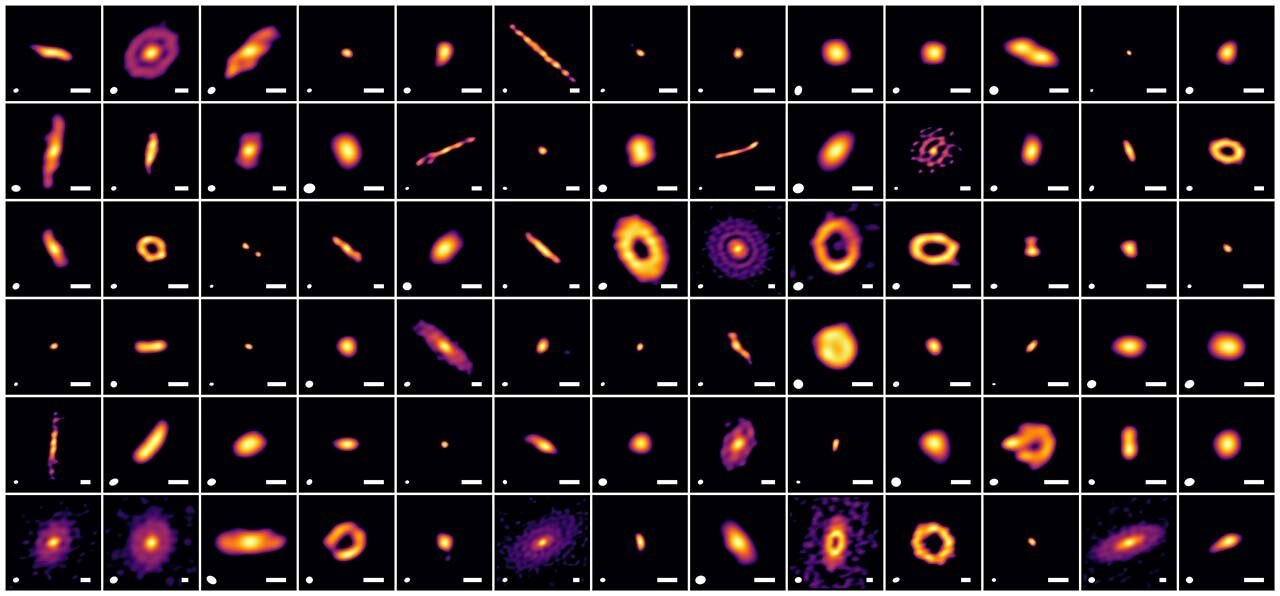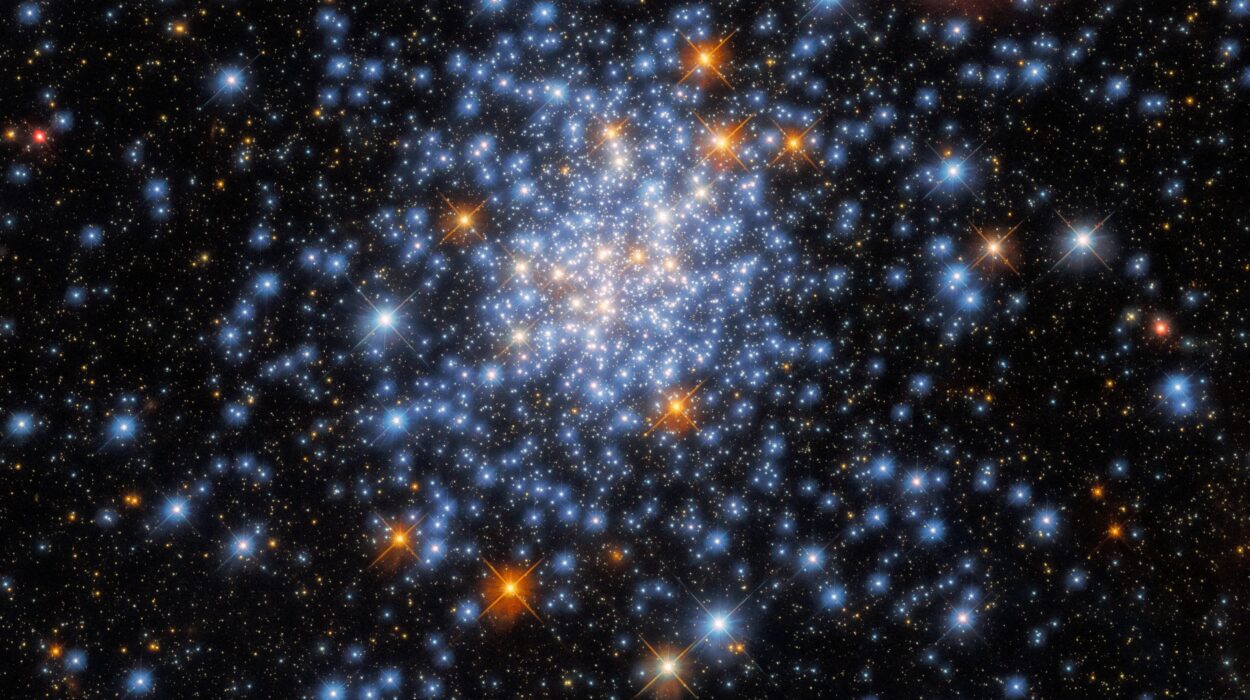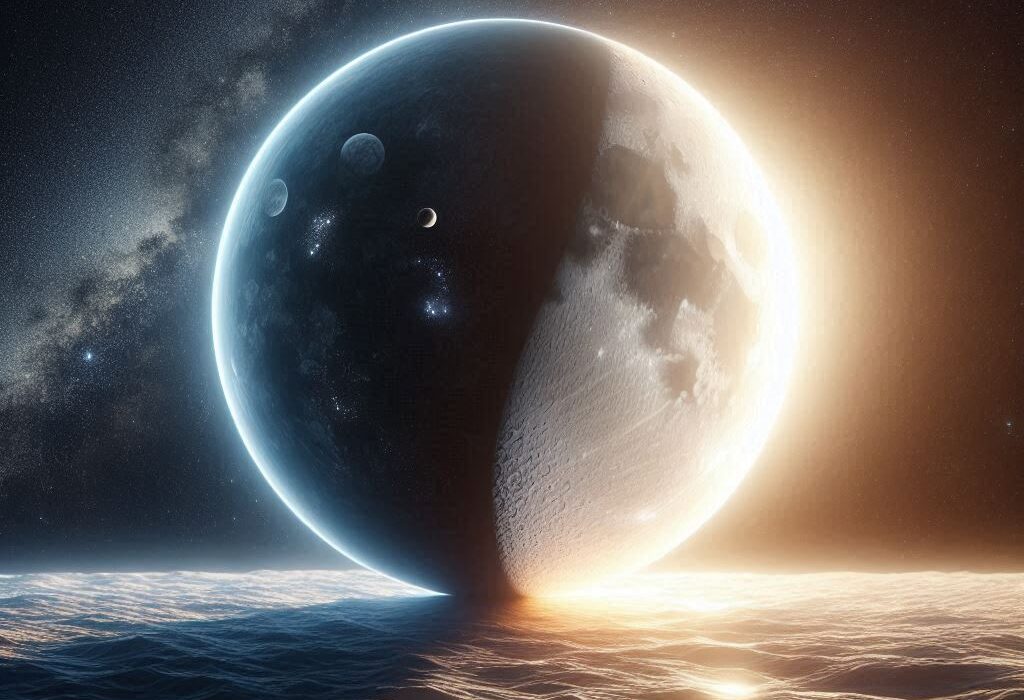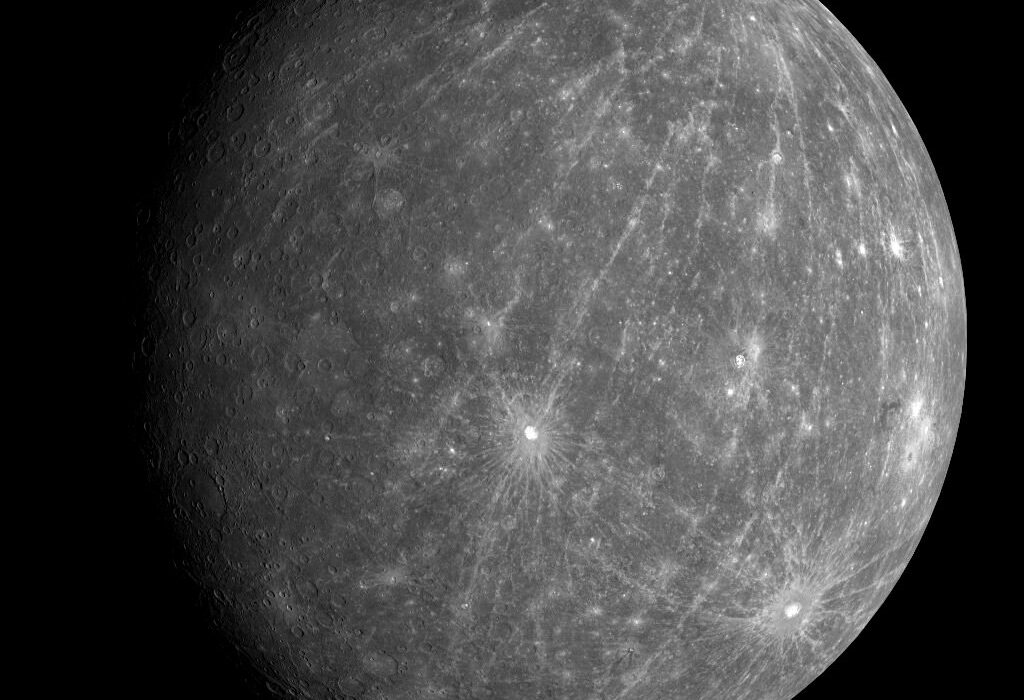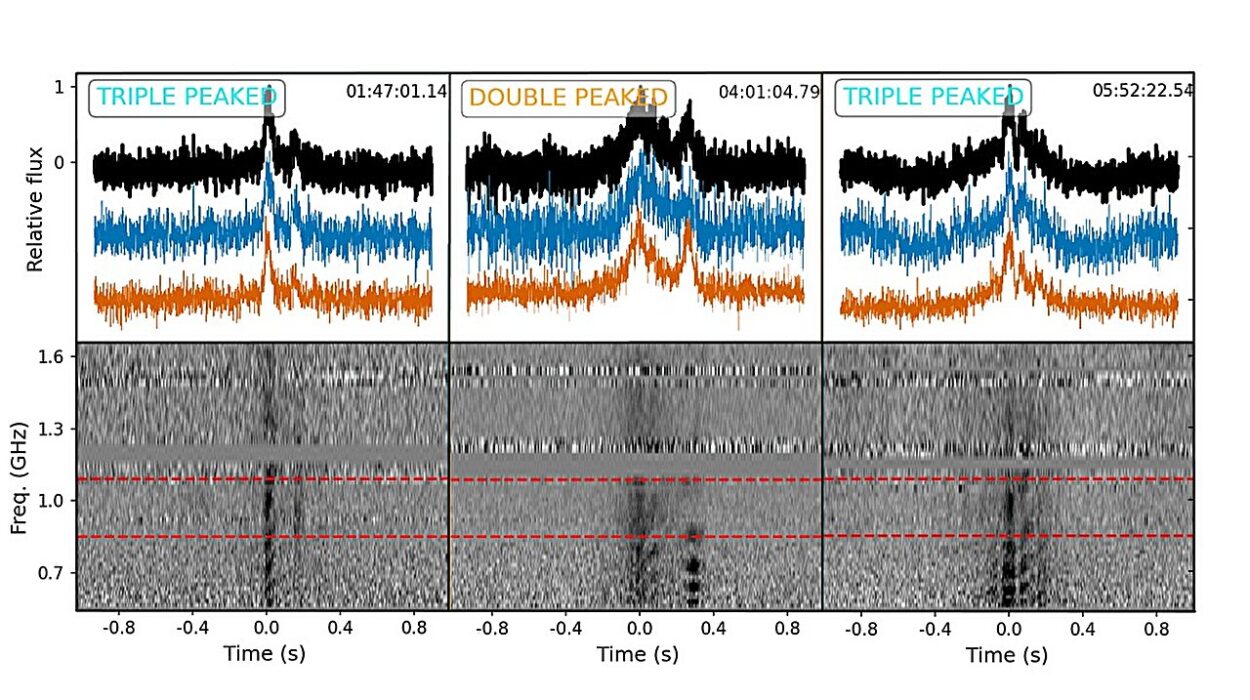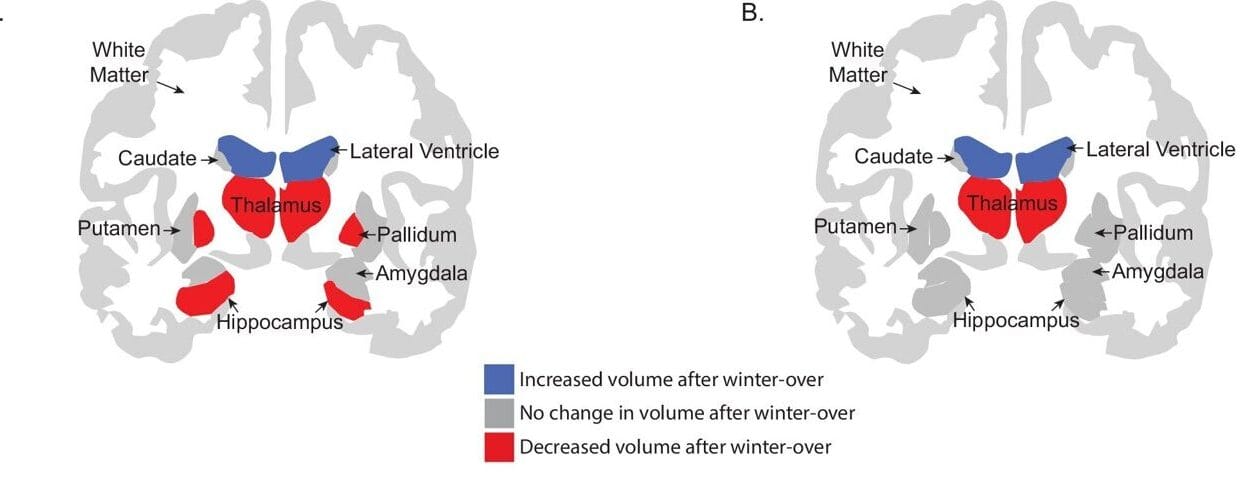In the stillness of space, far from the noise of our everyday lives, a silent dance is always unfolding—a cosmic choreography of dust, gas, gravity, and time. At the heart of this grand ballet are protoplanetary disks, the swirling cradles where new worlds are born. For decades, astronomers have looked at these dusty rings with awe, searching for clues about when planets begin to take shape. Now, a groundbreaking study has pulled back the curtain on this mystery, suggesting that planets may start forming far earlier than we ever imagined—just a few hundred thousand years after their stars are born.
And it all began with a smarter way of looking.
The Invisible Messages in Cosmic Dust
To the naked eye, a protoplanetary disk is a ghostly halo around a newborn star—a fragile blend of cold molecular gas and microscopic dust, barely visible even through the most powerful optical telescopes. But these quiet, hazy rings carry secrets. When a young planet begins to coalesce within the disk, its gravity reshapes its surroundings. Like an invisible artist, it sculpts the material around it into rings, gaps, or spirals—whispers of its presence, echoing through the dust.
These formations are more than pretty patterns; they are the fingerprints of planets in the making. The question that has long haunted scientists is not if these structures appear during planet formation, but when.
Now, thanks to a cutting-edge imaging technique and the power of the Atacama Large Millimeter/submillimeter Array (ALMA) in Chile, a Japanese-led research team has brought us closer than ever to an answer.
From Blurry to Brilliant: The Imaging Breakthrough
Astronomers have long relied on ALMA to peer into the dusty nurseries of stars and planets. Two major ALMA projects—DSHARP and eDisk—previously offered striking glimpses into 39 protoplanetary disks. DSHARP looked at older systems, around 1 million years after star formation, and found substructures in nearly all of them. eDisk, meanwhile, targeted much younger protostars—systems still actively accreting matter—and found fewer signs of planet-forming patterns.
But what about the thousands of disks that fall between these two stages? What happens in the early in-between, when a star is only 100,000 to 500,000 years old?
That’s where this new study comes in. Led by Ayumu Shoshi and a team of astronomers in Japan, the research team turned to super-resolution imaging using sparse modeling—a statistical technique that reconstructs images with more clarity than conventional methods. They applied this technique using PRIISM, a public Python-based tool designed to process radio interferometry data with unprecedented precision.
Their target: 78 protoplanetary disks in the Ophiuchus star-forming region, a stellar nursery just 460 light-years away from Earth.
A Leap in Detail—and Discovery
What they found was astonishing. With this new method, more than half the images achieved resolutions more than three times sharper than traditional reconstructions. Structures once lost in the blur came into view: gaps, rings, and spirals carved by unseen planets in formation.
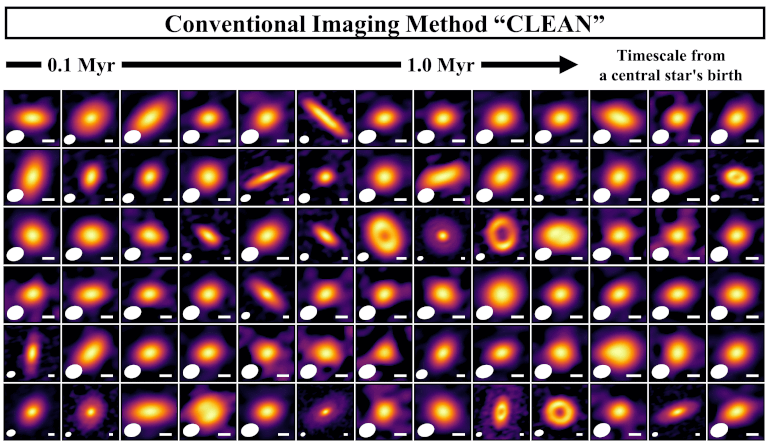
Out of 78 disks, 27 revealed these features—15 of them for the first time ever.
The study didn’t stop there. By combining this Ophiuchus sample with data from the eDisk project, the team was able to perform the most robust statistical analysis yet on young protoplanetary disks. Their findings reshaped what we thought we knew about planet formation.
Planets Are Born Early—Very Early
One of the study’s most important revelations is that substructures—signs of planets forming—can appear in disks as early as a few hundred thousand years after a star’s birth. Even more compelling, these structures are more likely to appear in disks that span more than 30 astronomical units in radius—about the distance from the Sun to Neptune.
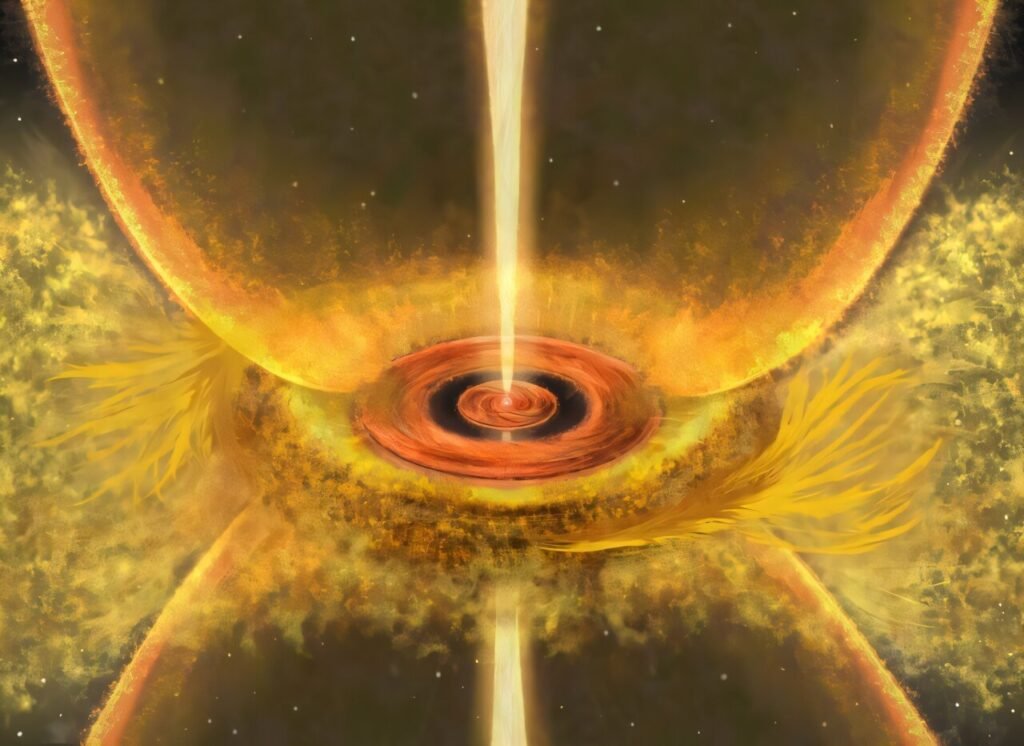
This insight contradicts the long-standing belief that planets emerge much later, once the chaotic accretion of gas and dust calms down. Instead, it suggests that planets are co-growing alongside their stars from the very beginning, forming in a primordial environment rich with dust and gas.
In essence, planets are not the polished pearls that form late in the oyster. They begin as fragile embryos in the raw turbulence of youth—growing, shifting, and sculpting the disks around them almost as soon as their stars ignite.
More Than Just Ophiuchus
The implications of this research reach far beyond the Ophiuchus region. While the study focused on this single star-forming complex, the methodology it established opens the door to similar analyses in other regions. As Ayumu Shoshi explained, “These findings, bridging the gap between the eDisk and DSHARP projects, were enabled by the innovative imaging that allows for both achieving high resolution and a large number of samples.”
Future studies will determine whether these early-forming substructures are universal across the galaxy, or if the timing and conditions for planet formation vary between regions.
Either way, the research offers a rare glimpse into the earliest chapters of planetary genesis—the moments when gravity and dust first begin to write the stories of future worlds.
Why This Matters
The formation of planets isn’t just a cosmic curiosity—it’s the beginning of the story of life. Our own Earth, with its oceans and mountains and fragile biosphere, likely began its journey as a clump of dust in such a disk.
Understanding when and how planets begin to form helps us answer fundamental questions: How common are planets like ours? Could life arise elsewhere under similar conditions? Is our solar system a fluke, or part of a grander pattern?
This new study brings us one step closer to answering those questions. It shows that the origins of planets—and potentially of life—begin much earlier than we thought.
And it reminds us that sometimes, all it takes to unlock cosmic secrets is a new way of seeing.
A Glimpse into the Future
The story doesn’t end here. As more data becomes available and imaging techniques grow sharper, astronomers will continue probing the early moments of planetary evolution. Already, projects are underway to apply super-resolution imaging to other star-forming regions like Taurus, Perseus, and Lupus.
With each new discovery, the timeline of planet formation becomes clearer—and more surprising.
From the cold dust of protoplanetary disks to the green-blue richness of worlds like Earth, the journey of a planet is long and delicate. But thanks to the tenacity of researchers and the brilliance of new technology, we’re beginning to trace that journey in finer detail than ever before.
The next time you look up at the night sky, remember: somewhere, out there, a new planet may already be forming—in the quiet dust of a distant disk, long before anyone can see it. But now, at last, we know where to look.
Reference: Ayumu Shoshi et al, ALMA 2D super-resolution imaging survey of Ophiuchus Class I/flat spectrum/II disks. I. Discovery of new disk substructures, Publications of the Astronomical Society of Japan (2025). DOI: 10.1093/pasj/psaf026
